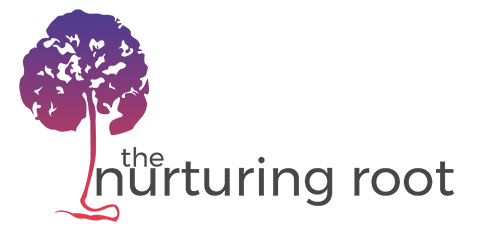Protein in Pregnancy: What’s the big deal?
Have you ever wondered just how important your diet is for your growing baby in your belly? Have you ever allowed craving after craving to drive your food intake? Have you ever felt like your body only wanted to eat carbs, carbs and more carbs? If you have answered yes to one or all of…



